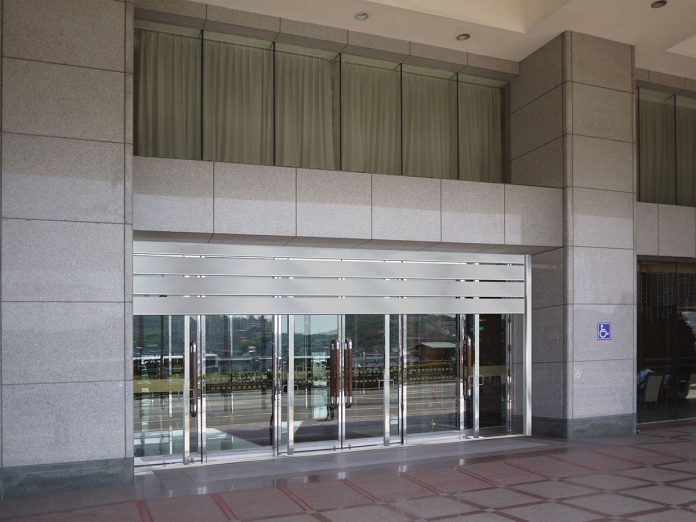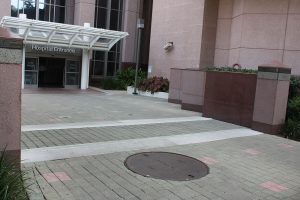
When it comes to getting the best flood protection, the cheapest option may not always be the best
When assessing a property and deciding on the right solution for flood mitigation, the type and speed of a flood incident is one of the key questions, along with flood depth. Additionally, when assessing a commercial, government or utility premise, we should also assess the critical nature of any services or structures on site.
For flash flooding and large area multiple entry point commercial sites, the obvious answer is to provide passive, automatic or “normally closed” flood mitigation products.
Examples of these would be a flood door (normally closed) Accredit Roller Shutter Flood Door (automatic) and FloodBreak or Self-Rising Flood Barrier (passive).
The difference between a passive and an automatic barrier is that the latter requires power to activate the mechanism whereas a passive barrier is activated on the incoming floods.
All sounds simple and logical until we get around to discussing price. At this stage, a lot of customers ignore the original rationale in deciding passive solutions were the correct choice and revert to cheaper manual barriers.
Of course, price is important, so how can we convince customers that the extra capital expenditure is worth it in the long run?
Well, one argument is that you are protecting a valuable asset, your lifelong, irreplaceable possessions, a facility that is critical to your production or as a supply-side provider is a critical service. Loss of anyone of these is hard to justify to senior management, customers or your family and is reason enough to pay that bit extra for a reliable and guaranteed solution.
Let’s also look at the cost of deployment as well as the cost of non-deployment.
From a commercial aspect, any deployment of labour is a cost, so requiring people to install manual barriers has a cost impact and also a hidden cost impact in that it is taking them away from their regular roles.

The cost of non-deployment or partial deployment is even higher, of course, as once more your property is flooded and you may be out of work or your home for months at a time.
Eighty per cent of businesses that close for longer than three months never recover and close for good. Based on this type of cost-benefit analysis, installing passive solutions should be a simple decision.
Aesthetics then might come into consideration but in new builds architects can easily build these solutions into their design and virtually camouflage them. Retrofitting established buildings costs more but, with careful planning, these too can be made to hide away and just be seen when they are activated.
Please note: this is a commercial profile
John Alexander
Managing Director
Aquobex ltd
Tel: 01923 518582





![[Video] Fireco: 80 new fire doors required for residential flats in London](https://www.pbctoday.co.uk/news/wp-content/uploads/2025/04/2024-06-01-Lords-view-one_1200x750_004-218x150.webp)







